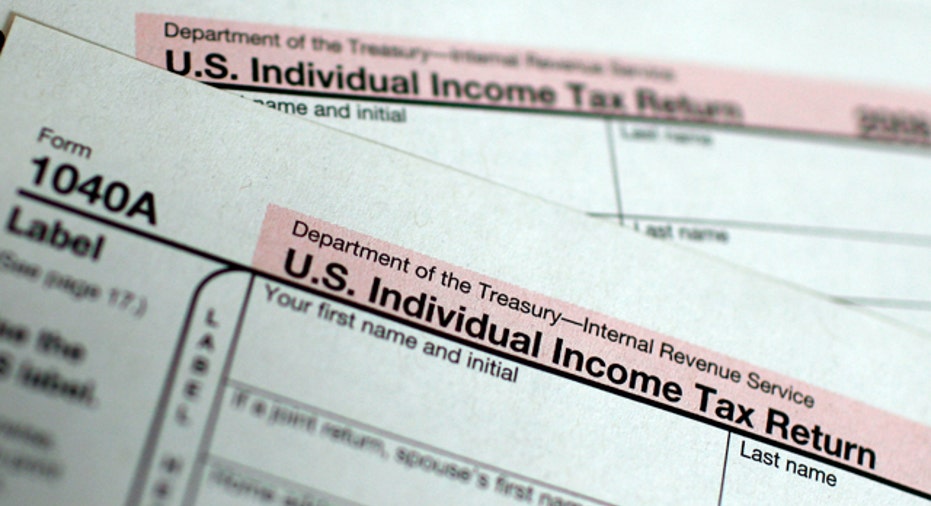Adjustments to Income – Deductions for Everybody!

If you examine your form 1040, you will notice that below the income section, about half way down the page, is a section entitled “Adjusted Gross Income.” On lines 23-35 you can list adjustments that are subtracted from your total income creating what is called your “adjusted gross income.” On page two of the form 1040, more reductions are applied--which I will discuss next week--that essentially reduce your numbers down to what is called “taxable income.”
But let’s look at the adjustments, available to almost all taxpayers, that can be used to minimize your tax liability.
Educator Expenses Line 23 If you are a teacher, counselor, principal, or aide in an elementary or secondary school and you worked at least 900 hours during the school year, you likely have unreimbursed expenses for classroom supplies, treats and other related expenses. Keep track of these receipts as you are allowed to write off $250. Anything in excess of that amount can be carried over to Schedule A, Itemized Deductions, employee business expenses – if you have enough deductions to itemize. On that schedule it’s subject to a 2% haircut. You don’t get the full deduction; 2% of your adjusted gross income is subtracted from that number and you are allowed to write off the remainder.
Business Expenses for Reservists, Performing Artists, and certain Fee-Basis Government Officials Line 24 If you are in this specialty group, read the instructions for Form 2106, available at www.irs.gov to determine what expenses you are allowed to deduct. When referring to performing artists, the IRS is indicating those who work for W2 wages. If you are self-employed as a performing artist, you will declare your income and expenses on Schedule C.
Health Savings Accounts and Retirement Accounts Lines 25, 28, 32 Contributions into these types of accounts not only provide for your medical needs and for your future, but are good vehicles for reducing your tax liability. If you are in a low-income situation, you may also enjoy a credit for contributing into your retirement plan. See form 8880 Credit for Qualified Retirement Savings Contributions at www.irs.gov to see the income limitations and the amount of credit to which you are entitled. It’s on a sliding scale.
Moving Expenses Line 26 This could be a big one. With the economy in such turmoil, many people are uprooting to move where the jobs are. If your move is job related and you meet the time and distance test, you may take deductions for the cost of the move and your lodging (but not your meals). See Publication 521 for more information.
Self-Employed Health Insurance Line 29 This adjustment surprisingly, is often missed. If you are self employed, you can deduct the premiums paid for health insurance and qualified long-term care insurance for you, your spouse and your dependents. Effective in 2010, you may also include the cost of health insurance for your children who are under the age of 27 at the end of 2010. The plan must be established under your business and the premiums cannot exceed the profit from that business.
Penalty on Early Withdrawal of Savings Line 30 When you receive your interest statements, 1099-INT, check to see if any penalty amounts are listed. If so, this is where you deduct the penalty. Note that this does not apply to withdrawals from retirement accounts.
Alimony Line 31 If you pay alimony, line 31a is where you show the amount. On line 32b indicate your spouse’s Social Security number. Your former spouse must declare the alimony paid as income and pay taxes on it. If the amount taken as a deduction doesn’t match the amount declared as income by your ex spouise, it may trigger an audit.
Student Loan Interest Line 33 If you are paying off student loans, you will receive a Form 1099 showing the amount of student loan interest you paid during the year.
Tuition and Fees Line 34 Education credits are available, but you can’t have both the credit and the adjustment. However, you might maximize the tax benefits by taking an adjustment to income instead of the credit or the other way around. Check out Form 8917 at www.irs.gov to see if you qualify.
Domestic Production Activities Deduction Line 35 If you are self employed in the following industries: construction of real property, engineering, architecture, film production, or manufacture of qualified production property, and have employees, you may take an adjustment based on 9% of your income from these activities. There are other means to calculate the adjustment and there are limitations. Check with your tax advisor for more information. This is an often overlooked adjustment and can produce a nice savings in tax dollars.
Bonnie Lee is an Enrolled Agent admitted to practice and representing taxpayers in all fifty states at all levels within the Internal Revenue Service. She is the owner of Taxpertise in Sonoma, CA and the author of Entrepreneur Press book, “Taxpertise, The Complete Book of Dirty Little Secrets and Hidden Deductions for Small Business that the IRS Doesn't Want You to Know,” available at all major booksellers. Follow Bonnie Lee on Twitter at BLTaxpertise and at Facebook.



















